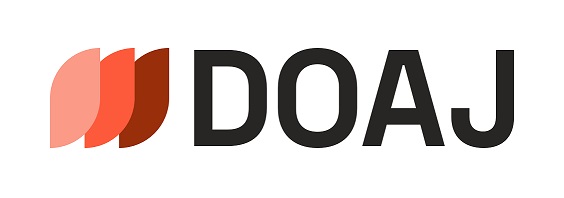Chinese Porcelain enters the Louvre: A Collector, his Dealers, and the Parisian Art Market (c. 1870-1912)
DOI:
https://doi.org/10.23690/jams.v4i2.124Abstract
This study focuses on the relationship between Ernest Grandidier and the art dealers who helped him to build the most important collection of Chinese ceramics in France. The history of this incredible collection – today considered as the largest one of Chinese ceramics in France and kept at the Guimet museum in Paris - is relatively unknown. Often underestimated by the Louvre administration during the nineteenth and twentieth centuries, the Grandidier collection continues to be absent from the major studies dedicated to the history of the Louvre museum. From 1894 to 1912, Grandidier was the sole keeper of his collection and the only one to preside over his collection’s display and acquisitions. The collection archives contain two notebooks in which Grandidier recorded details for each piece in his collection. The Grandidier collection helps to define the Parisian art market and its actors by providing an ensemble of over 6,000 pieces, gathered between the late 1860s and 1912. Leaving apart the question of the collector’s taste, the close study of the purchases helps us to identify new dealers, enhances our understanding of others and provides the quantity and typology of the pieces they supply. Progress in the field of the study of the Parisian art market will provide more data and allow for a better comprehension of the complex interaction between scholars, collectors, art dealers and museums which facilitated a meeting between the French cultural milieu and Asian art in the second half of the nineteenth century.
Published
How to Cite
Issue
Section
License
Copyright (c) 2020 Lucie Chopard

This work is licensed under a Creative Commons Attribution-NonCommercial 4.0 International License.
Except where otherwise noted, the Journal for Art Market Studies is licensed under the Creative Commons Attribution-Non-commercial 4.0 International license (https://creativecommons.org/licenses/by-nc/4.0/). Articles can be read and shared if attribution is given to the original source (BY) and the use is not for commercial purposes (NC).




